As we’ve seen with our recent Meizu MX6 and Pro 6 Plus reviews, Meizu is more than capable of delivering flagship tier smartphones at a reasonable price. Today, we’re taking a look two more phones from Meizu, but these devices are at the opposite end of the spectrum – the M5 and the M5 Note.
The same…
As their names imply, these two phones do have a lot in common. The Meizu M5 and the M5 Note have the same 13MP main camera and 5MP front-facing camera sensors. Both have fingerprint scanners, both have 16GB of storage, both support microSD cards (up to 256GB), both run on Android Marshmallow with Meizu’s FlyMe UI and come in a variety of different color options.
Yet different…
But there are also some differences that are worth considering. First, is the price. Meizu is selling the base M5 for just $100 while the M5 Note commands nearly a 50% price bump, selling for $146. The higher price of the M5 Note means you get a larger, higher resolution display – a 5.5-inch 1080p panel versus the 5.2-inch 720 panel of the M5.
There’s also a big difference in the build materials of the phones. The basic design is the same with a glass panel covering the front of both phones. The M5’s body is wrapped in cheap plastic while the body of the M5 Note is wrapped in an aluminum shell with stylish chamfered edges. The M5 looks like it’s a hundred dollar phone, but the M5 Note looks like it should be selling for $300 or more
And to top things off, the Note has 3GB of RAM, a MediaTek MT6755 chip, and a 4,000 mAh battery. The base M5 only has 2GB of RAM and MediaTek’s slower MT6750 SoC with a 3,070 mAh battery.
As the spec sheets of these two phones makes perfectly clear, the Meizu M5 Note is a much better device than the regular M5. It’s faster, has a better display, more RAM, faster processor, and added battery life make the M5 Note much for suited for someone who enjoys playing games or surfing the web.
But that doesn’t mean the M5 is a bad phone. The phone sells for $100 – roughly the same price as a decent pair of Bluetooth headphones.
Performance
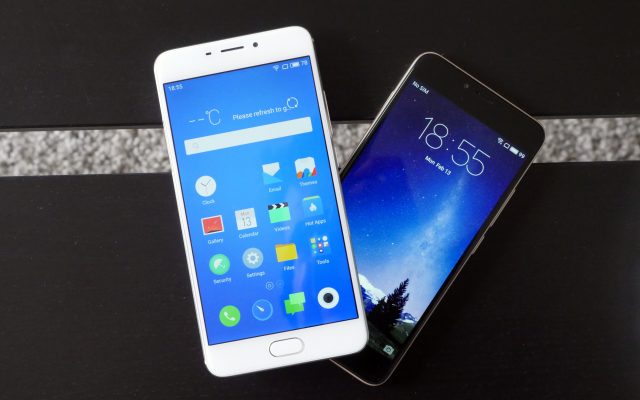
Naturally, performance isn’t going to be a huge selling point for either of these phones. They handle the phone’s Flyme UI just fine and can multi-task reasonable well, but limited RAM means that apps fall out of memory pretty quickly.
For optimal performance, you will want to go into the battery settings and switch from “Balance” to “Performance” mode. You’ll sacrifice a bit of battery life, but the improved performance is well worth the trade-off.
Both phones can be used for gaming, but don’t expect a smooth experience if you’re loading up a first person shooter like Modern Combat or a fast-paced racing game like Need for Speed. You’ll be treated to long load times, dropped frames and intermittent lag. Our recommendation would be to stick to puzzle games or titles with minimalist graphics. Again, the M5 Note does a little better than the base M5, but playing some of the newer games from the Play Store can be a frustrating experience.
Battery
On the battery front, things are a bit different. Since both phones have underpowered processors and limited RAM, their respective batteries perform exceptionally well. The M5 and its 3,070 mAh battery cell is outstanding. Getting through a long day on a single charge is a breeze, even with two hours of gaming and 4 to 5 hours of screen-on time. The same can be said for the M5 Note and its 4,000 mAh cell. Most of the time, the phones have more than a 25% charge when plugging them in at night after being used during a 14 hour day.
And if you pretend that you’re over 60 and cut down on gaming and excessive web browsing, you can easily extend the battery life of both phones to two full days without breaking a sweat.
Camera

Since these devices are quite cheap, don’t expect too much from the 13MP main and 5MP front-facing cameras. The camera UI is clean and easy to use, but auto-focus on both cameras is slow. This means that there’s a good chance that you will miss the shot you wanted. But you can get some decent shots from both devices, just as long as you don’t zoom in. If you do, you’ll notice a lot of compression artifacts and blurred edges if you don’t have a steady hand.
If you enjoy taking pictures once the sun goes down, you’ll need quite a bit of patience if you want to get a good shot. More often than not, the images turn out blurry and even when you do get a blur-free shot it’ll likely be darker than you’d expect. Optical image stabilization could definitely improve the camera performance on the two phones, but that’s a luxury feature that’s reserved for more expensive devices.
Meizu M5 camera samples
Meizu M5 Note camera samples
Comparatively, the front-facing cameras of both phones fare a little better. The 5MP sensors can produce sharp images in good light and you even get Meizu’s beauty mode if you want to clean up a few of those annoying blemishes or magically knock off a few of those extra pounds you put on over the holidays.
Software

As mentioned in our other Meizu reviews, you will have to use the included Google Play services installer to get the Play Store and Google’s other apps up and running. These two devices also use Meizu’s unique navigational system, which relies on tapping and pressing on the home button along with swiping up from the bottom of the screen to navigate back to the home screen or pull up recent apps.
Since I’ve now used four different Meizu phones over the past few months, I’ve gotten accustomed to Flyme UI. There’s no app drawer to hide away the apps you seldom use, but the interface is clean and there’s zero bloatware to speak of. You can always install a third-party launcher on the phone, but then you’d need to forego using the dozens of themes which allow you to completely customize the look of the software.
Final Thoughts
After all that, you may be thinking that Meizu M5 and the M5 Note aren’t worth your hard earned cash. If you’re on the hunt for a great mid-range device, I suggest you stay away. But if you need something simple and cheap, for someone who doesn’t have high expectations and isn’t going to push their phone to hard, the $100 and $150 price points of these phones make them extremely appealing.
It’s quite easy to find phones with much faster processors and superior camera performance, but those devices will likely cost double of what Meizu is charging for the M5 and M5 Note. My recommendation would be Meizu’s M5 Note, but anyone on a tight budget would likely be satisfied with either of these two phones – just as long as you opt for the 32GB models so you can install more than a few dozen apps before running out of storage.
MEIZU M5 Rating: star_fullstar_fullstar_fullstar_25star_empty (3.2 /5)
The Good
- Really Cheap
- Good battery life
- Uncluttered Android build
The Bad
- Cheap build quality
- Undewhelming camera
- Unconventional navigational system
MEIZU M5 Note Rating: star_fullstar_fullstar_fullstar_50star_empty (3.7 /5)
The Good
- Cheap
- Great battery life
- Uncluttered Android build
- Elegant design
The Bad
- Undewhelming camera
- Unconventional navigational system

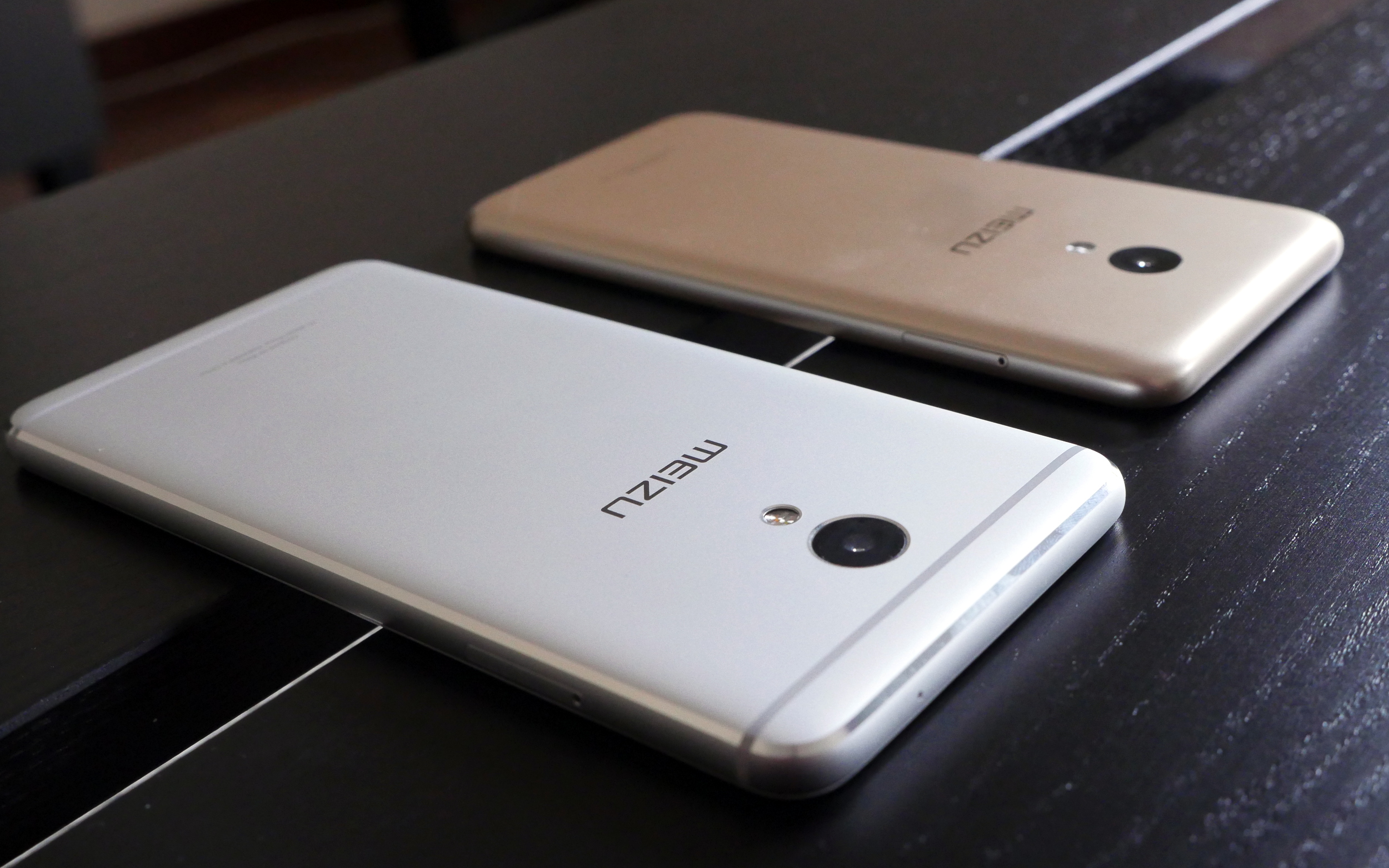































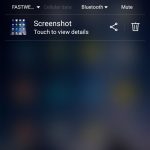







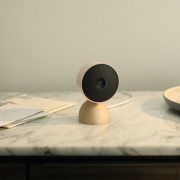
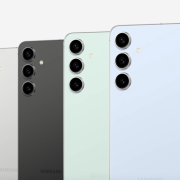
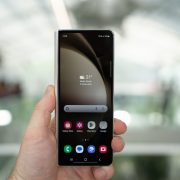
Comments